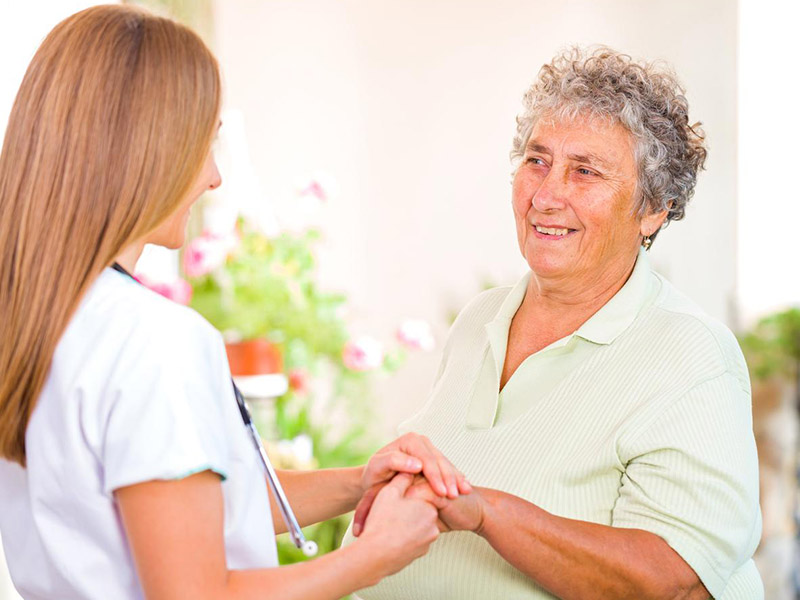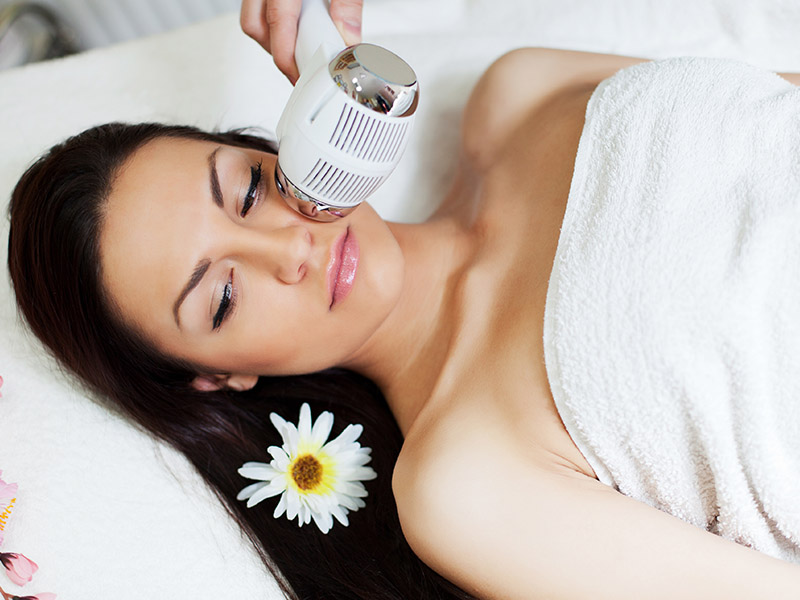Patient Care Technician
600 Hours: 30 Weeks
Credential Issued: Diploma
Objectives:
Upon completion of this program students will have the technical and clinical skills to apply and sit for the State of Florida Board of Nursing Certification exam to qualify as a Certified Nursing Assistant and seek employment.
Description:
As a patient care technician (PCT), our students will have daily hands-on experiences with patients by helping them with procedures such as taking vital signs, performing electrocardiography (ECG), blood draws, hemodialysis, and other needs. Our students will be trained to work in settings such as hospitals, rehabilitation centers, dialysis facilities and home health care agencies
Prerequisites:
Programs of four hundred fifty (450) or more clock hours or the credit hour equivalent shall administer a basic skills examination to each student who enrolls, unless the student has provided evidence of a high school graduation diploma, general equivalency diploma, or its equivalent.
Applicants must meet the following requirements:
- Be at least 18 years of age.
- The student must have parental or guardian consent and signature if less than 18 years old.
- Have a high school diploma or GED
- Have a personal interview.
- Submit a signed enrollment agreement.
- Submit a medical report attesting to good health. There is a fee.
Courses
| Course # | Course Title | Theory | Lab/Clinic | Ext. | Total Hours |
|---|---|---|---|---|---|
| HHPCT 101 | Overview of the Human Body | 60 | 20 | 80 | |
| HHPCT 102 | Medical Terminology | 10 | 10 | ||
| HHPCT 103 | Transmission of Disease | 14 | 10 | 24 | |
| HHPCT 104 | Healthcare Delivery System and Health | 10 | 10 | ||
| HHPCT 105 | Communication and Interpersonal Skills | 10 | 4 | 14 | |
| HHPCT 106 | Understanding Wellness and Disease Concepts | 10 | 10 | ||
| HHPCT 107 | Safety and Security/Practice Procedures | 14 | 10 | 24 | |
| HHPCT 113 | Care of the Adult and Geriatric Patients | 16 | 14 | 30 | |
| GEN 201 | Emergency Response | 10 | 4 | 14 | |
| GEN 202 | HIV/AIDS and Infection Control Procedures | 4 | 14 | ||
| HHPCT 108 | Computer Literacy and Employment Skills | 14 | 12 | 26 | |
| HHPCT 109 | Legal and Ethical Responsibilities for NA | 10 | 10 | ||
| HHPCT 110 | Physical Comfort and Safety Functions Specific to NA | 10 | 10 | 20 | |
| HHPCT 112 | Principles of Nutrition | 6 | 6 | ||
| GEN 203 | Domestic Violence | 2 | 2 | ||
| GEN 204 | Medication Assistance Training | 10 | 2 | 12 | |
| HHPCT 114 | Supervised Management Functions and Patient Plan of Care | 8 | 8 | ||
| HHPCT 111 | Personal Patient Care | 24 | 12 | 36 | |
| HHPCT 115 | Restorative (Rehabilitative) Activities | 10 | 10 | 20 | |
| HHPCT 116 | Phlebotomy | 40 | 20 | 40 | 100 |
| HHPCT 117 | EKG | 40 | 20 | 40 | 100 |
| HHPCT 118 | Clinic | 40 | 40 | ||
| Totals | 328 | 152 | 120 | 600 |
- The Human Body in Health and Illness, Text and workbook by Barbara Herlihy, 5th Edition, Saunders, ISBN# 978-1-4557-7234-6, 2014
- Human Diseases by Marianne Neighbors & Ruth Tannehill-Jones, 3rd Edition, Thomas Delmar Learning 2009
- Clinical Procedures for Medical Assisting by Booth, Whicker, Wyman, Pugh, Thompson, 3rd Edition, Mc Graw-Hill, 2009
- Administrative Procedures for Medical Assisting by Booth, Whicker, Wyman, Pugh, Thompson, 3rd Edition, Mc Graw-Hill, 2009
- Introduction to Health Careers by Sabrina Hutton Edmond, Publisher: Xlibris Corporation, 2011
- Nursing Assistant: A Nursing Process Approach, Hegner, Acello, Caldwell., 10th ed., Clifton Park, NY: Thomson Delmar Learning, 2010; ISBN: 1418066095
- Medical Terminology for Health Professionals, By Erlich, Ann, Thompson/Delmar Learning, 2010 ISBBN 4018 6026 S
- Multiskilling: Advanced Skills for Health Care Providers, 2nd Edition, Barbara Acello, Delmar Publishers, 2010, ISBN/ISSN: 1-4180-0133-3
Tuition & Fees
Tuition and other registration fees are due on or before the last day to register for any given semester. Students should consult the Academic Calendar regarding the registration deadline. Students will not be officially enrolled in Healing Hands Institute until all fees are fully paid. Any students owing money to Healing Hands Institute, regardless of the debt, will not be permitted to register.
The selection process of Healing Hands Institute will allow for admission of students on the basis of the applicants’ academic credentials in addition to a review of all the information contained in the application, both academic and personal. For that reason, applicants may also submit letters of recommendation in order to give Healing Hands Institute a complete picture of the applicant, as a student and as a person.
Admissions requirements to specific graduate programs may vary – students should refer to the program descriptions found in the Catalog for additional information.
Meeting the minimum requirements does not guarantee admission to the Institute. An applicant’s total undergraduate record including grades, educational objective and pattern of courses completed, as well as personal and professional goals will be considered.
Payment Methods
Financial Aid Advisement
The school is not accredited or approved for Title IV funding. The school does not offer Financial Aid. The admissions representative provides information about payment plans. Advisement includes determining if the individual wants to pay in full or make a deposit and pay the balance in installments. Tuition and fees may be paid by credit card, check, or money order at the Administration Department. On or before the last day of the Registration Period, the students should have either
- paid in full
- or paid a deposit of $100.00 or more and elected to participate in the Payment Plan that allows students to pay in installments.
Those students who choose to pay in installments during the semester must do so according to the Payment Plan, with a minimum deposit of $100.00 and the rest paid in installments with no interest charges, payable on Installment Due Dates, as set forth by each individual student. All installments must be paid one month prior to the end of the semester. All late payments will have a penalty of $25 late fee charge to the account.
Course Wheel
Translation: A student must take HHPCT111 before taking HHPCT 115
-Assist patient with restorative and rehabilitation needs to reach optimum level of independence
Translation: A student must take HHPCT 101, HHPCT 102, HHPCT 103, HHPCT 104, HHPCT 105, HHPCT 106, HHPCT 107, HHPCT 113, GEN 201, GEN 202, HHPCT 108, HHPCT 109, HHPCT 110, HHPCT 112, GEN 203, GEN 204, HHPCT 114, HHPCT 111, HHPCT 115, HHPCT 116, HHPCT 117 before taking HHPCT118
-Clinic: Supervised experiential training in a licensed nursing home under the supervision of a clinical instructor. Practice of skills learned in the classroom including personal care, feeding, bed making, and completion of a clinical Checklist.
Retention Rates
| 2013 - 2014 | 2014 -2015 | 2015 - 2016 | ||||
|---|---|---|---|---|---|---|
| Students | Retention | Students | Retention | Students | Retention | |
| Total | 10 | 100% | 12 | 100% | 4 | 100% |
Placement Rates
| 2013 - 2014 | 2014 - 2015 | 2015 - 2016 | |
|---|---|---|---|
| Placement Rate | Placement Rate | Placement Rate | |
| Total | N/A | 100% | 100% |










